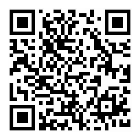科学史家CharlesWeiner为做口述历史,与费曼有过三次对话(分别在1966年3月4-5日,6月27-28日和1973年2月4日)。有一次他问费曼图的事儿,费曼说记不清什么时候开始的,但他认为那不过是助他思考微扰计算的简便方法,谈不上特别的发明(I probably made diagrams to help me think about [perturbationexpressions]. [ . . . ] It was probably not any specific invention but just asort of a shorthand with which I was helping myself think, which graduallydeveloped into specific rules for some diagrams.)
Weiner以为老费是用物理的图像看问题(you were seeing in physical—),老费纠正说,他是用数学公式看的(No, mathematical expressions.)——那些图是帮助他写公式 Mathematical expressions. A diagram to help write down the mathematical expressions),而不是认识物理图像。其实,老费原先并不是那么想的。在1949年的论文(Space-timeApproach to Quantum Electrodynamics. PR76: 769)里,他真以为他的图是真正的时空过程图。
哲学家JR Brown说费曼图是概率函数几何表示,不如Griffiths 说费曼图是纯粹的符号,它的线条当然不代表粒子的时空路径,它也不能代表任何真实的物理过程。
1951年(费曼图发表两年后),Freeman Dyson在康奈尔大学讲量子电动力学(根据讲课笔记整理的讲义为Advanced Quantum Mechanics,WordScientific, 2006),批评了费曼理论的逻辑缺陷,而承认了它的计算功效,所以他说,*好是将它作为公式的图像,而不是计算的基础(It is safer and better for us to use the Feynman space-time picturesnot as the basis for our calculations but only as a help in visualizing theformulae which we derive rigorously from the field-theory)。
费曼图不是数学的几何化(如Penrose的时空图),也不是物理的形象化(如老爱的思想实验和霍金的直觉图像),而是另一类“图形思维”——F. A.Kaempffer在Concepts in Quantum Mechanics(New York, NY: Academic, 1965)中说它像法拉第的电磁场力线。两者的相似在于,图像都不是真实过程的“写真”,而是概念的符号。Kaempffer说麦克斯韦的问题就是太把法拉第的电磁场图像当真了,才引出虚假的真空的以太(Maxwell was led by all too literal acceptance of Faraday’s field conceptto an ether theory of vacuum);费曼图也同样可能诱人想入非非。
Feynman手稿



 1stQJ2016-1990 空气动力学大气环境基本物理参数的符号与代码
1stQJ2016-1990 空气动力学大气环境基本物理参数的符号与代码 

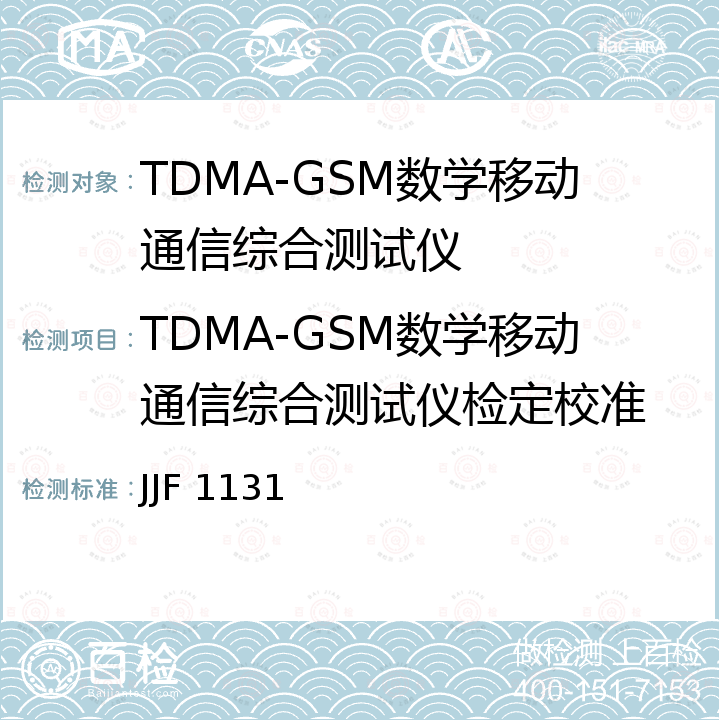
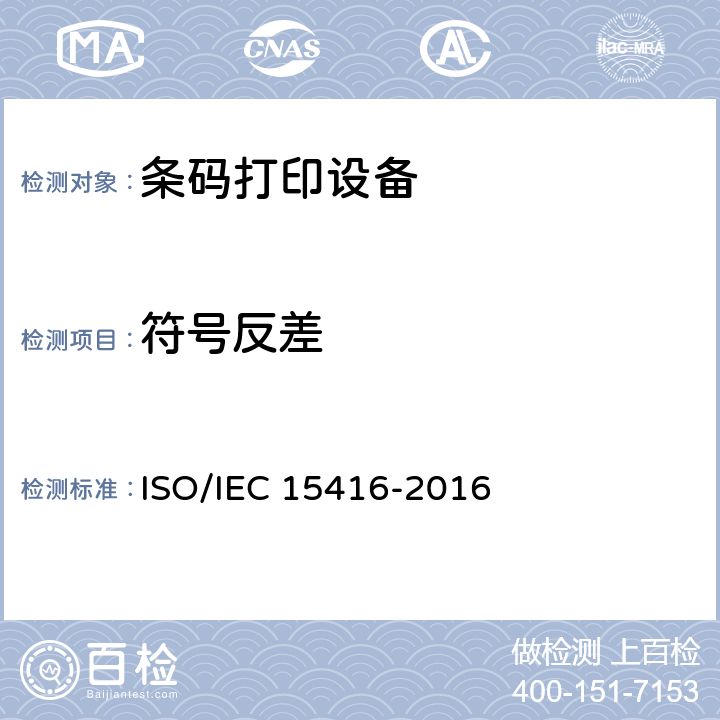


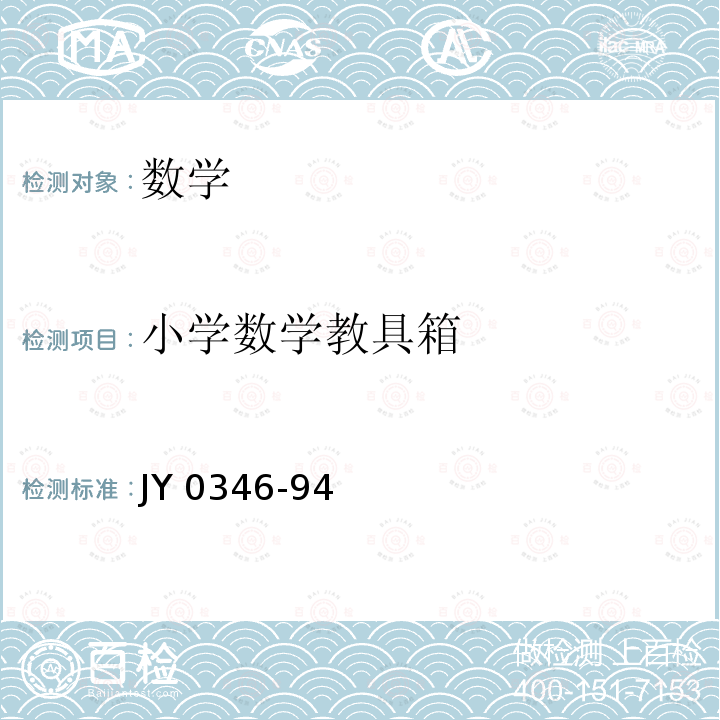

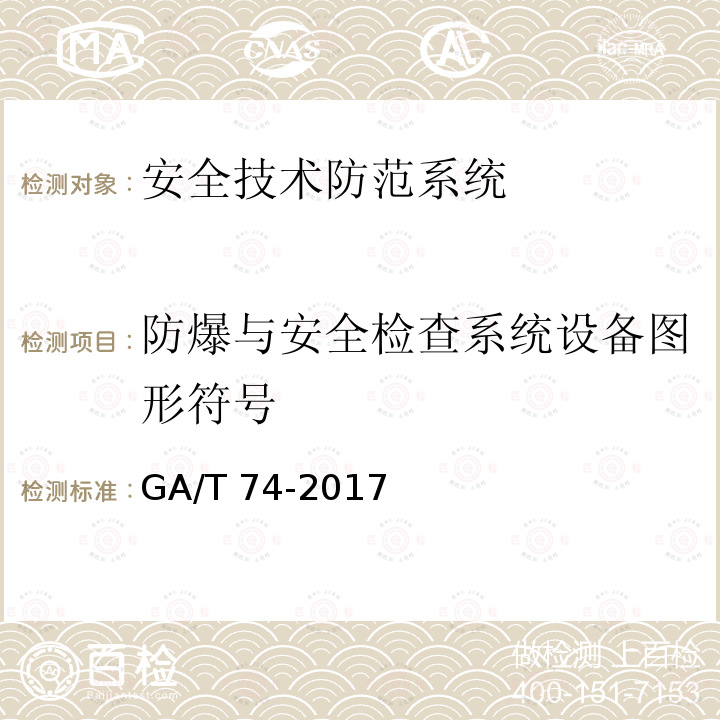
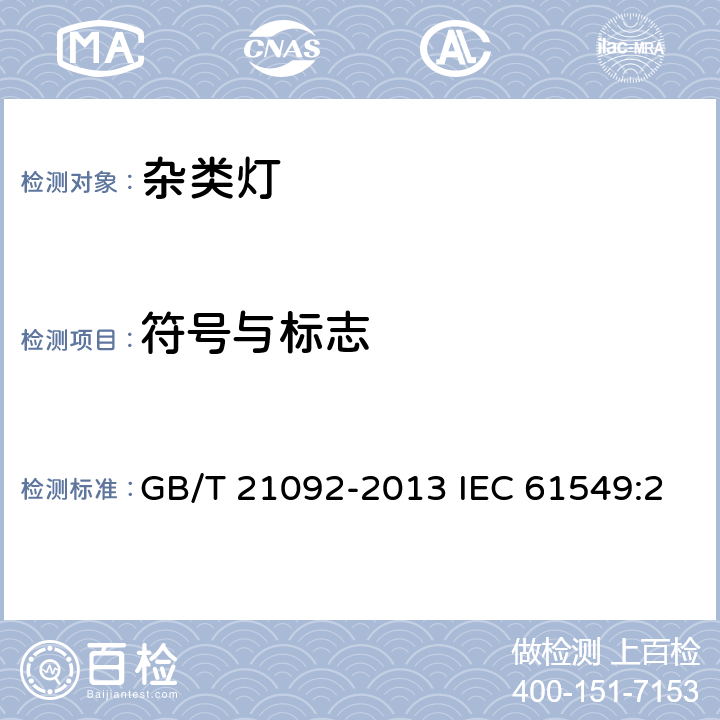



 400-101-7153
400-101-7153 15201733840
15201733840